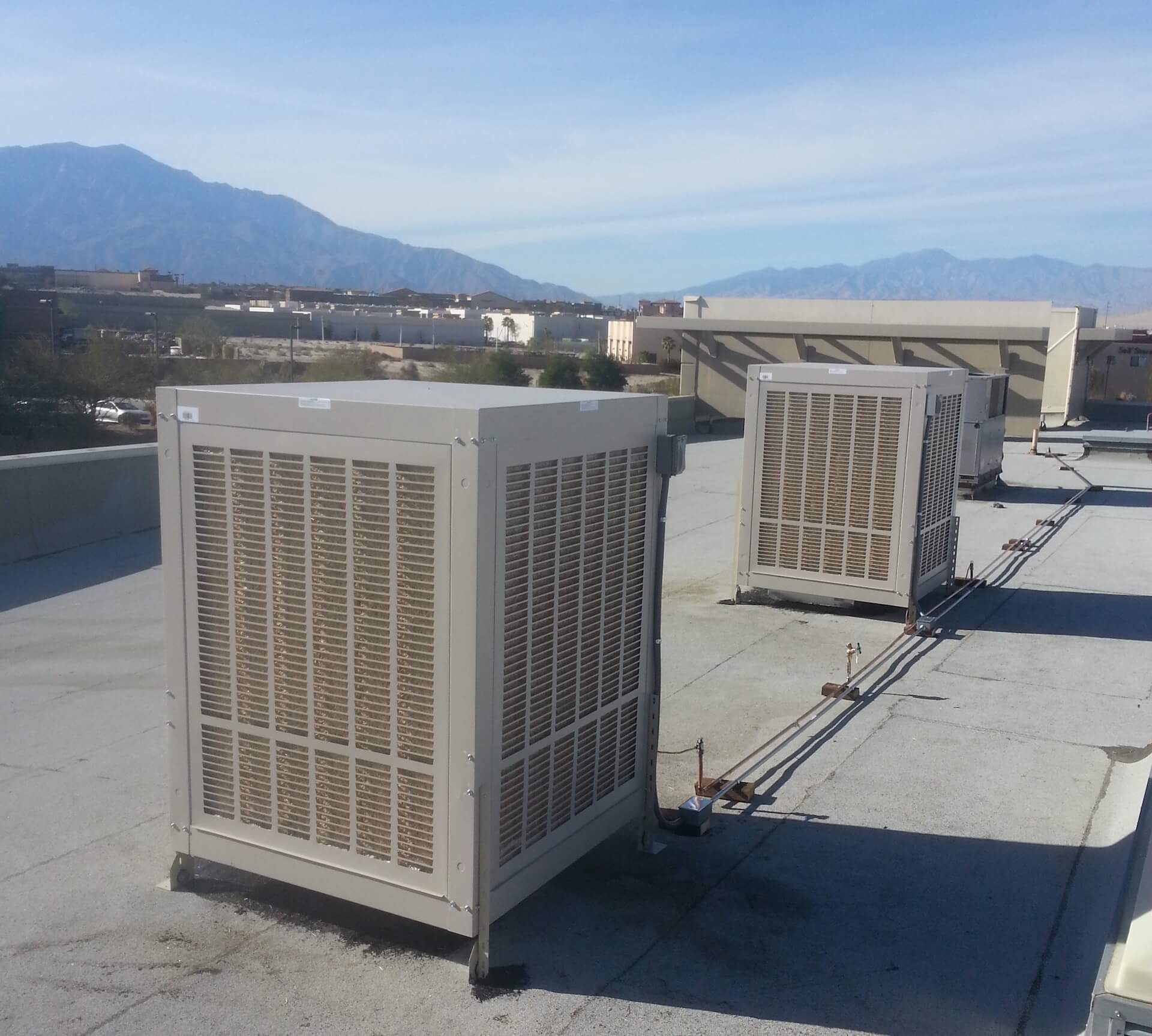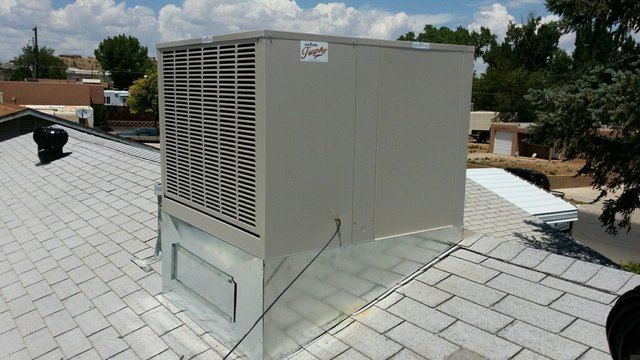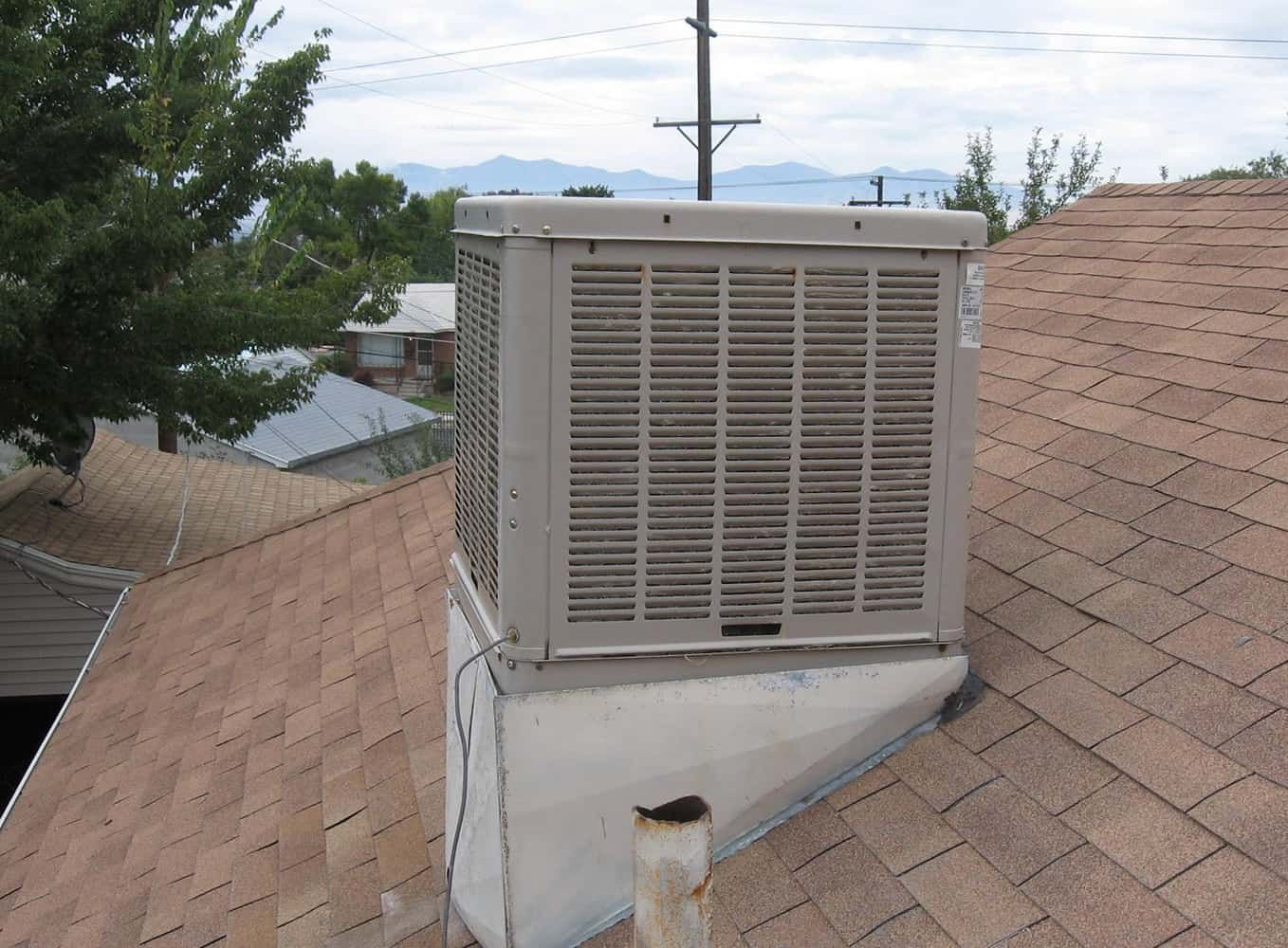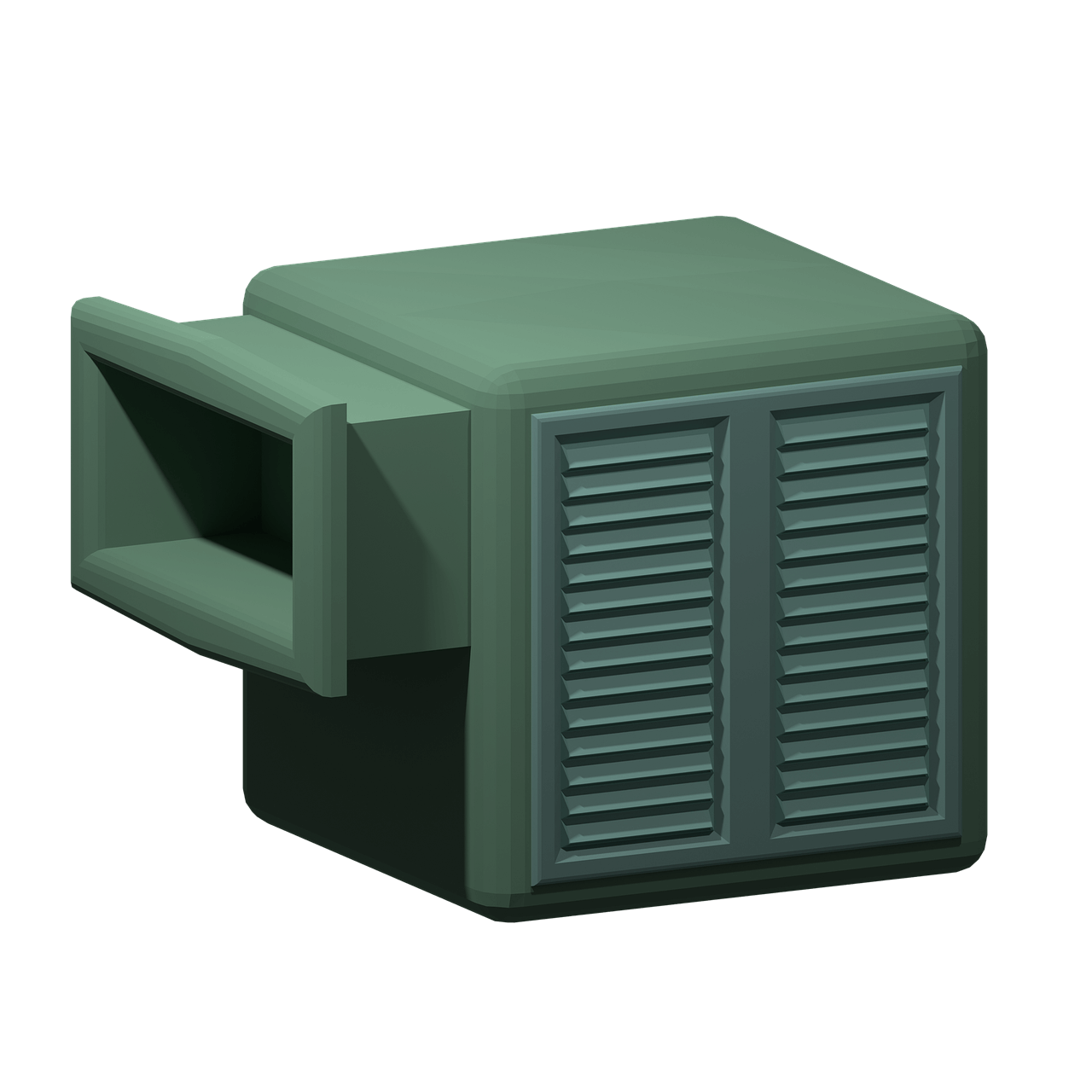623.680.1612
mymail@mailservice.com
AZ Coolers Only
How to Fix a Rusted Swamp Cooler?
Ever wondered how to fix a rusted swamp cooler? If you've got a swamp cooler at home, you know it's a champ at keeping things cool. But, like all heroes, it needs a little attention and fixing now and then, especially if you find it rusted.
Wait! Are you new to fixing a rusted swamp cooler? At times like this, it’s easier to solve the issue by hiring swamp cooler repair professionals. But, there is a possibility you might want to take the troubleshooting into your own hands first.
If that’s the case, we’re here to guide you through. In this guide, we'll take you through simple steps to fix that rust and get your swamp cooler back in action. Without any delay, let’s begin!
Step-by-Step Guide to Fixing a Rusted Swamp Cooler
Materials Needed
- Anode (available from cooler suppliers)
- Rust converter (aerosol or liquid form)
- Epoxy-based sealer and/or paint
- Fiberglass mat replacement materials or sheet metal for a new pan
- Wax paper
- Wire brush
- Vinegar
- Salt
- Soap
- Water
Step 1: Assess the Rust Damage
First, examine your swamp cooler for rust damage, especially in the bottom pan. Identify rust holes and areas that need attention.
Step 2: Install Anode
Place an anode in the pan to slow down future rusting. Anodes are available at cooler suppliers and serve as effective preventative measures.
Step 3: Apply Rust Converter
Spray the rust converter (aerosol or liquid) on the rusted areas of the pan. Ensure thorough coverage. If using a rust converter in liquid form, use a brush for application.
Step 4: Explore Epoxy-Based Sealers and Paint
Consider using epoxy-based sealers and/or paint for durable protection against rust. Be cautious of overspray, as epoxy is challenging to remove once it sets.
Step 5: Fiberglass Repair or New Pan Fabrication
For extensive rust damage, consider fiberglass repair or fabricating a new pan from sheet metal or rigid plastic. To prevent adhesion during repair, use wax paper.
Step 6: Check Front Screen Cover
Inspect the front screen cover for rust and scale buildup. If needed, replace the pad or distributor housing to address leaks.
Step 7: Set Up Drip Collector Pan
As a preventive measure, set up a drip collector pan with a drain outside the unit to avoid water damage. Consider using plastic pans suitable for hot water heaters or washing machines.
Step 8: Roof Coating (Optional)
Explore the possibility of using a self-adhesive roofing membrane inside the pan for additional protection. Ensure compatibility with swamp cooler materials.
Step 9: Thorough Cleaning
Take the unit outside and clean it thoroughly with soap and water. Use a wire brush to remove the remaining rust.
Step 10: Vinegar and Salt Solution
Create a solution of vinegar and salt to clean the unit further. Apply the solution and scrub the surfaces with the wire brush.
Step 11: Rinse and Return
Rinse the unit thoroughly with water to remove any cleaning solutions. Once cleaned, return the swamp cooler inside.
Conclusion
And there you have it – a refreshed and rust-free swamp cooler ready to tackle the heat! By following these straightforward steps, you've not only helped your cooler survive the rust attack but also extended its lifespan. Remember these maintenance tips and your swamp cooler will continue to breeze through the hottest days. Stay cool, and enjoy the refreshed chill!



David Seaton
AZ Coolers Only
Owner/Operator
ROC # 337391
Swamp cooler repair near me - Glendale, Phoenix, Scottsdale, Mesa, Yuma
Business Hours
- Mon - Fri
- -
- Sat - Sun
- Closed
Social Links
All Rights Reserved | AZ Coolers Only





